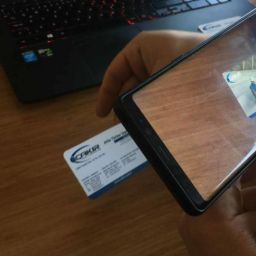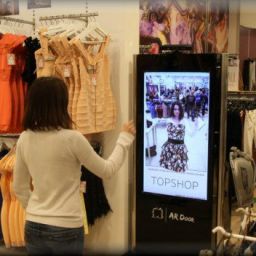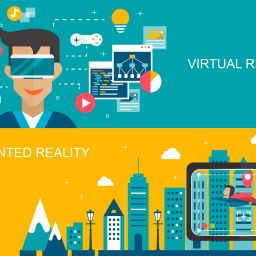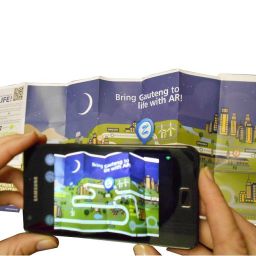
AR in courtrooms
Currently, there are companies experimenting with AR such as using it in the courtroom for people with catastrophic personal injuries.
One of these companies is using the AR experience to display evidences against their attacker. It can be a horrible experience for victims of sexual abuse. Many have described it as like having to experience the abuse all over again. However, the Augmented Reality could bring vulnerable witnesses into court in 3 D.
Augmented reality adds graphical, audio and other enhancements over the real world, in real time.Virtual reality which can project images of a person but unlike augmented reality, does not interact with reality.
AR can help in presenting complex evidence, crime scenes, or reconstructions in a more visually accessible manner. This can aid judges and juries in understanding the details of a case more effectively.
AR could allow legal professionals to create interactive presentations, helping to engage the audience and make legal arguments more compelling.
Impact of Audio
Audio plays an important part in creating realistic engagement with Augmented Reality environments, regardless of the technology adopted,. Audio is essential for jurors to feel as if they are hearing a witness and he/she is physically in the witness stand. A good audio connection would allow jurors to note every vocal cue or hesitation during their testimony as well.
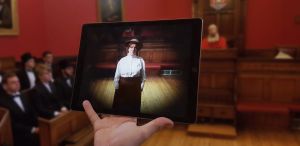
Augmented Reality with Sensory Devices now offered by the Orange County Superior Court. This new service is designed to create a virtual courtroom. In this arrangement, there is no physical courtroom and all other participants can join the trial from their choice of location.
More and more aspects of the courts have been moving online.Recently, jurisdictions across the globe are seeing an increase in the volume of self-represented parties. The increased use of technology may provide a solution for self presenting people. In the near future we can expect AR to play a part in overcoming difficulties for unrepresented parties. Therefore, services are designed for the online environment and tomorrow’s community needs. It also provides a quicker, less costly and more accessible route for the citizens and the judiciary and the opposing parties as well.


